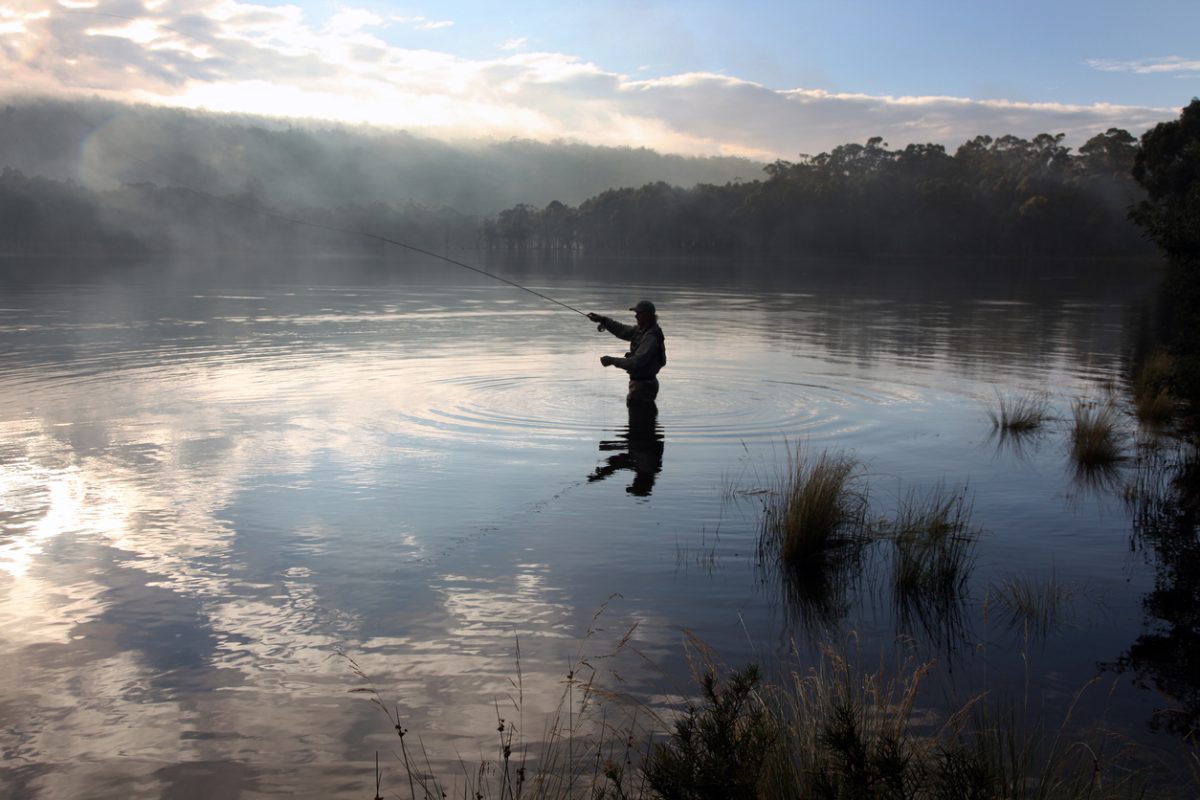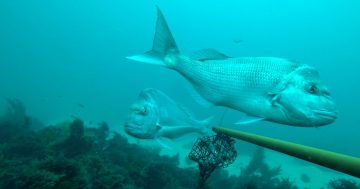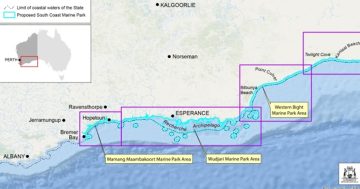
Fishing is a way of life for many in Tasmania. Photo: iStock/TonyFeder.
The Tasmanian Government is taking action to secure the future of scalefish fishery for generations to come.
Minister for Primary Industries and Water Jo Palmer has announced new rules are now in effect for all commercial and recreational fishers following extensive consultation.
“Fishing is part of our Tasmanian way of life, it’s what we love to do with our families and friends and it’s something I want to continue well into the future – for fishers now, our children and our grandchildren,” Minister Palmer said.
“Science is giving us a clear warning that we need to pull back on what we take from our waters in order to protect our much loved ‘way of life’ for our lifetime and that of future generations.
“Sand flathead is a depleted stock and needs protection from fishing pressure.”
Under the new rules, the minimum size for sand flathead has increased to 35 centimetres. A maximum size limit of 40 centimetres has been introduced for all State waters except around King Island and Furneaux Group, where there is no upper limit.
Regional bag limits have also been introduced which reflect how critically sand flathead has been depleted in these waters:
- A two fish bag limit in the D’Entrecasteaux Channel, Derwent River and Norfolk and Fredrick Henry Bays;
- A five fish bag limit in the eastern region; and
- A 10 fish bag limit in all other State waters including around King Island and Furneaux Group.
- A 10 fish possession limit will apply statewide.
A total ban on all commercial take of sand flathead by any method in all State waters has also been implemented.
Minister Palmer said it had been a difficult decision and one which was not made lightly. She thanked those who submitted feedback and engaged with the department and herself through the consultation period.
“More than 1000 submissions were received, and many engagements had with fishers, peak fishing and industry bodies, researchers, coastal councils, and the broader community. The science and feedback from everyone who engaged in this process have been carefully considered during this process,” she said.
“By taking this action now, we can rebuild sand flathead for the next generation of fishers. I will not be the Minister who oversees the loss of recreational fishing.
“The recovery of sand flathead will be closely monitored, and the sand flathead rules will be reviewed after two years to ensure that stock recovery is progressing. Bag limits will be reassessed at this time to reflect any progress.”
The amended rules also provide increased protections for other depleted species such as striped trumpeter, bastard trumpeter, blue warehou, southern garfish and jackass morwong, and progress the staged phase out of recreational gillnetting.
There will also be further consultation on the calamari fishery next year. A spawning closure on the north coast to provide protection for calamari has been extended in the interim.




